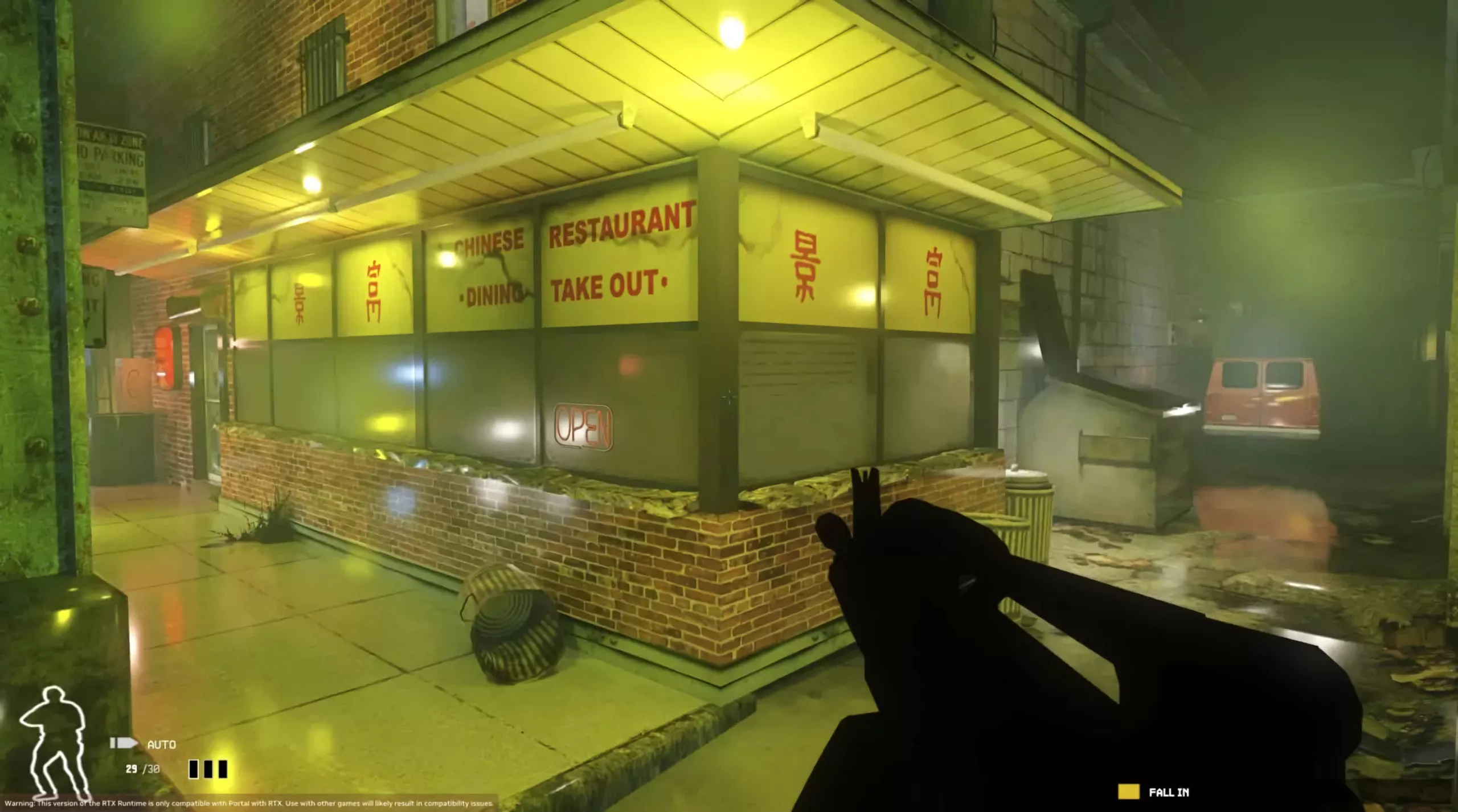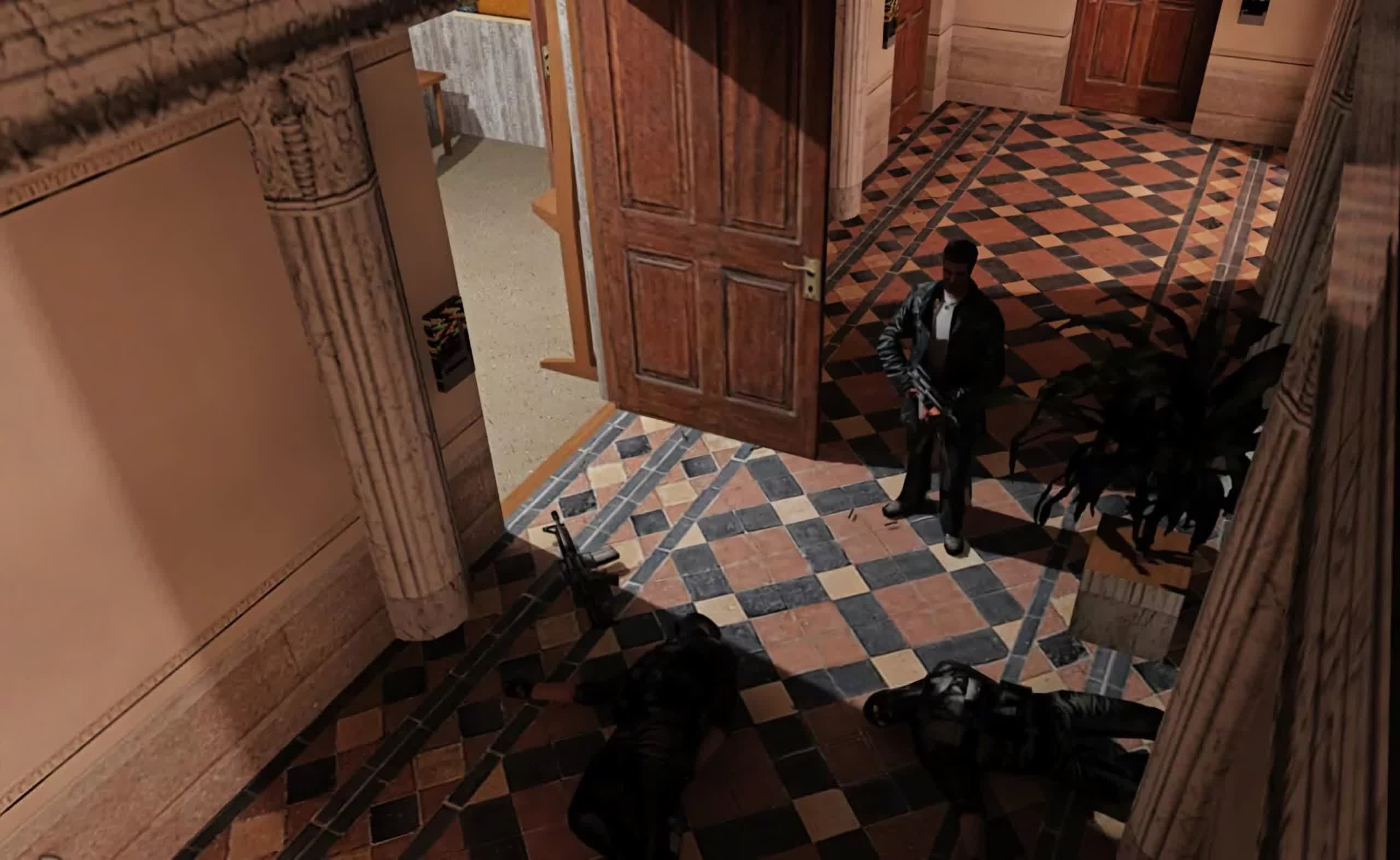WTF?! Modders are having a field day with Nvidia's RTX Remix tool, and they haven't even gotten their hands on it yet. Apparently, you can take the files that enable RTX Remix in the recent Portal remake and drop them into the .exe folder of other games to give them a less-than-flawless visual upgrade with no further modification. Copyright lawyers are already rolling over in their graves and they aren't even dead yet.
For about the last three years, Nvidia's Lightspeed Studios has been working on a tool called "RTX Remix." The company first demonstrated it in September by adding impressive lighting effects to Bethesda's 20-year-old The Elder Scrolls III: Morrowind and Valve's Portal from 2007. The results were amazing, but were only video demos.
On December 8, Nvidia released the Portal with RTX DLC for PC with Valve's blessing. The game features full ray tracing and DLSS 3 support. It also added other advanced effects, including ReSTIR (Reservoir Spatio Temporal Importance Resampling) and Direct Illumination.

It's a particularly incredible accomplishment, considering its age and the small amount of effort it took to basically remaster the game using RTX Remix. For Portal owners, there is no excuse not to try this visual upgrade considering it's free on Steam. Well, the one valid excuse being your specs aren't up to snuff (Intel i7-6700 or AMD Ryzen 5 3600, and a GeForce RTX 3060 at minimum).
Perhaps more exciting is that after Portal with RTX dropped, it didn't take long for modders over on the Beyond3D forums to figure out what made the game tick. The DLC primarily adds a handful of additional files, namely the RTX Remix build folder (.trex) and three driver files --- d3d9.dll, dxvk_d3d9.dll, and NvRemixBridge32.dll --- to Portal's .exe folder.
Since RTX Remix is still not publicly available, modders started dropping the Portal RTX files into other games unchanged, and amazingly, they worked in some. Perhaps unsurprisingly, the best results were seen in Valve's Half-Life 2. However, SWAT 4 and Max Payne mostly worked, but with some bugs. The primary requisite is that the game uses a "fixed-function graphics pipeline."

"It seems [it] does not have a fixed-function graphics pipeline," said Beyond3D user LordVulkan, responding to someone asking if the hack worked for FEAR. "I'm afraid most games after 2004 will require Shader Model 2.0. Even more so if they are cross-platform from the ground up and 0 chance for games developed for consoles first, PC port later."
That said, images and video show that the Portal files significantly modernized the look of these games, even with their lower-resolution assets. As mentioned, they don't run perfectly, but the examples show that once Nvidia releases the RTX Remix tool to the public, these titles are prime candidates for homebrewed remasters.
Of course, that leads us straight to the elephant in the room. Most developers are not like Valve, and remasters are big business these days. Property holders such as Bethesda are not likely to be too keen on seeing their IPs remastered by the public. It's one thing when Nvidia uses Morrowind as a tech demo and another when Johnny Modder puts a playable Morrowind remaster up on GitHub.

Take-Two lawyers will likely be busy SWATting SWAT 4 modders once RTX Remix reaches the public space. However, the simplicity of the modifications makes it a somewhat hard battle. After all, modders do not need to post the entire game, potentially breaking copyright laws. They only need to release the RTX Remix files, then users can simply paste those into a given game's .exe folder. How do studios combat that?
It will be interesting to see where this all goes. It would not be that surprising to see developers like Bethesda, Take-Two, and others begging or even suing Nvidia over its tool. After all, what will Bethesda do if it can't remake Skyrim for the 14th time?